Home>Storage Ideas>Kitchen Storage>5 Things To Get Rid Of In Your Kitchen Cabinets Right Now
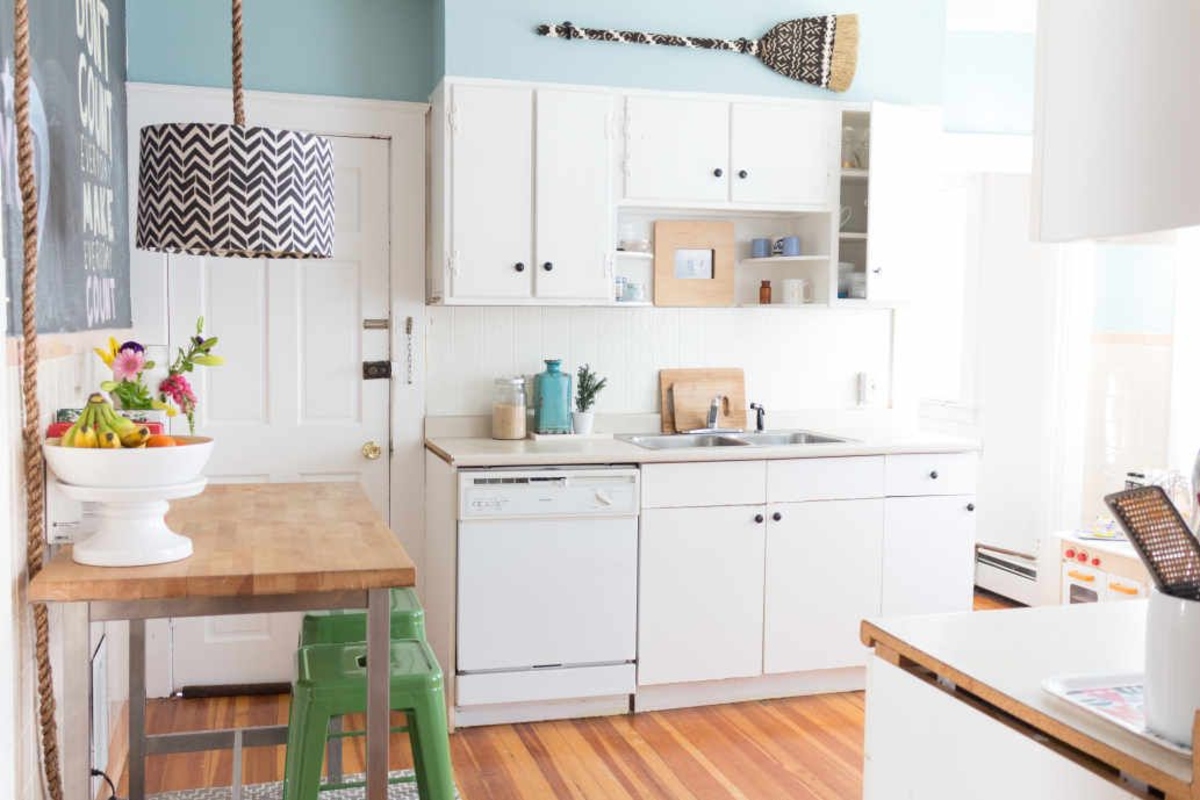

Kitchen Storage
5 Things To Get Rid Of In Your Kitchen Cabinets Right Now
Modified: February 27, 2024
Note: The meta description provided is within the character limit of 160 characters.
(Many of the links in this article redirect to a specific reviewed product. Your purchase of these products through affiliate links helps to generate commission for Storables.com, at no extra cost. Learn more)
Introduction
Welcome to the world of kitchen storage ideas! In this article, we will explore some essential tips and tricks to maximize the storage space in your kitchen cabinets. An organized kitchen not only makes meal preparation easier but also adds a touch of elegance to your culinary haven.
Now, let’s dive straight in and address the issue that many of us face: cluttered kitchen cabinets. Over time, our cabinets tend to accumulate items that we no longer need or use. From expired food to broken dishes, it’s time to declutter and create a more functional space.
By implementing the following tips and getting rid of unnecessary items, you’ll be amazed at how much more efficient and enjoyable your kitchen experience can be. So, roll up your sleeves, put on your sorting gloves, and let’s transform those kitchen cabinets!
Key Takeaways:
- Declutter your kitchen cabinets by getting rid of expired food, unused utensils, broken dishes, outdated spices, and cluttered plastic containers. Create a healthier, more organized, and efficient kitchen space.
- Streamline your kitchen cabinets by donating or discarding unnecessary items, such as duplicate utensils, chipped dishes, and excess plastic containers. Invest in high-quality, multipurpose tools and stackable containers for a more functional and visually appealing kitchen.
Expired and Spoiled Food
One of the first things you should tackle when decluttering your kitchen cabinets is getting rid of any expired or spoiled food. We’re all guilty of overlooking that jar of sauce or can of soup that has been hiding in the back of the cabinet for months or even years. But keeping expired food can lead to health hazards and wasted space.
Start by going through each shelf and examining the expiration dates on all your perishable items. Dispose of anything that is past its expiration date or shows signs of spoilage. This includes canned goods, condiments, spices, and even pantry staples like flour and rice. Remember, consuming expired food can lead to food poisoning, so it’s better to be safe than sorry.
As you sort through your food items, take the opportunity to organize them as well. Group similar items together and use clear containers or labels to make it easier to find what you need. This will not only help you identify which items need to be used up soon but also keep your cabinets looking neat and tidy.
To prevent future food waste, try to establish a system where newly purchased items are placed at the front of the cabinet while older items are moved towards the back. This will ensure that you consume items before they expire and minimize the amount of food that goes to waste.
By taking the time to rid your kitchen cabinets of expired and spoiled food, you’ll not only create more space but also promote a healthier and more organized kitchen environment.
Unused or Duplicate Utensils
Next on our list of kitchen cabinet decluttering is tackling unused or duplicate utensils. Many of us tend to accumulate a collection of kitchen tools over time, but how often do we actually use all of them?
Start by emptying out your utensil drawer or container and carefully assess each item. Ask yourself, when was the last time you used that avocado slicer or melon baller? If you find yourself struggling to remember, it’s probably a good indication that it’s time to let go.
Consider donating or giving away the utensils that you no longer use. This way, someone else can put them to good use, and you can free up valuable cabinet space. Keep in mind that utensils made of high-quality materials, like stainless steel or silicone, can be easily cleaned and donated. However, if an item is broken, damaged, or made of poor-quality materials, it’s best to dispose of it.
You may also come across duplicate utensils in your collection. Do you really need five spatulas or three different types of whisks? Keep the items that you use most frequently and simply get rid of the extras. This will help declutter your cabinets and make it easier to find the utensils you need when cooking up a storm in the kitchen.
As you restock your utensil drawer or container, consider investing in a few high-quality, multipurpose tools that can serve multiple functions. This will help you streamline your collection and minimize clutter.
Remember, having a decluttered and organized utensil collection not only makes your kitchen look tidier but also makes meal preparation more efficient.
1. Expired food items: Check for any expired or spoiled food items and discard them to free up space and maintain freshness in your kitchen cabinets.
Broken or Chipped Dishes
Now let’s move on to broken or chipped dishes. It’s not uncommon to find a few cracked plates or chipped mugs hiding in the depths of our kitchen cabinets. While it may be tempting to hold on to them for sentimental reasons or as backups, it’s time to bid farewell to these damaged pieces.
Start by carefully inspecting each dish and evaluating the extent of the damage. If the damage is minor, such as a small chip on the edge of a plate, you may be able to continue using it. However, if the dish is significantly cracked or has multiple chips, it’s best to let it go.
Broken or chipped dishes not only take up valuable cabinet space, but they can also pose a risk when used. Cracked plates and bowls can splinter or break further, potentially causing injury during mealtime. Additionally, the chipped areas can harbor bacteria and germs, making them unsanitary for use.
If you come across a set of dishes where only a few pieces are damaged, consider repurposing the remaining intact ones. For example, you can use the saucers as small serving plates or transform the bowls into stylish storage containers for small kitchen items.
Once you’ve removed the broken or chipped dishes from your kitchen cabinets, take the opportunity to assess your remaining dishware. Do you have more dishes than you actually need? If so, consider downsizing your collection to free up even more space. Keep only the essential pieces that you regularly use and donate or give away the rest.
Having a cabinet filled with intact and matching dishes not only looks aesthetically pleasing but also ensures that you have a functional and safe set of mealtime essentials.
Outdated Spices and Seasonings
Now, let’s spice things up a bit by addressing the issue of outdated spices and seasonings lurking in our kitchen cabinets. Over time, spices lose their potency and flavor, rendering them less effective in adding that special touch to our culinary creations.
Begin by gathering all of your spices and seasonings onto a countertop or table. Check the expiration dates on each container and discard any that have passed their prime. If a spice or seasoning doesn’t have an expiration date, a general rule of thumb is to replace ground spices every 2-3 years and whole spices every 3-4 years.
In addition to expiration dates, take note of the overall freshness and aroma of your spices. If they appear clumpy, have lost their vibrant color, or emit a stale odor, it’s a good indication that they should be replaced.
If you discover that you have duplicates of the same spice or seasoning, consolidate them into one container and discard any duplicates. This will help streamline your collection and save precious cabinet space.
As you restock your spice cabinet, consider investing in high-quality spices and seasonings. While they may be slightly pricier, the difference in flavor will be noticeable. Opt for whole spices and grind them as needed to ensure maximum freshness and aroma. Additionally, storing your spices in airtight containers away from light and heat will help preserve their quality for longer periods.
Lastly, take a moment to organize your spices in a way that makes them easily accessible. One popular method is to arrange them alphabetically or categorize them by cuisine type. This will make it a breeze to locate the right spice for your next culinary adventure.
By regularly assessing and updating your spice collection, you’ll ensure that your dishes are always seasoned to perfection, adding a burst of flavor to every meal.
Cluttered Plastic Containers
Last but certainly not least, let’s tackle the issue of cluttered plastic containers in your kitchen cabinets. Plastic containers are incredibly useful for storing leftovers and meal prep ingredients, but they have a tendency to multiply and create chaos in our cabinets.
Start by emptying out your plastic container cabinet and sorting through each container and its corresponding lid. Match the lids to their respective containers and discard any lids or containers that are damaged, cracked, or no longer have a matching partner. There’s no point in holding onto containers that can’t effectively store your food.
Next, assess the size and quantity of the containers you have. Do you really need 20 containers of various sizes? It’s common to accumulate an excessive number of containers over time, but this can lead to a shortage of space in your cabinets.
Consider downsizing your collection to a reasonable number of containers that you regularly use. Keep a few small ones for individual portion sizes, a couple of medium-sized ones for storing leftovers, and a few larger ones for meal prepping. Donate the excess containers or repurpose them for alternative uses, such as organizing craft supplies or small household items.
To further maximize space and improve organization, invest in a set of stackable plastic containers. These containers can be neatly stacked on top of each other, saving valuable cabinet real estate. Additionally, look for containers with secure and leak-proof lids to prevent any unfortunate spills or accidents.
Lastly, designate a specific area or drawer in your cabinet for storing the plastic container lids. Consider using a lid organizer or a wire rack to keep them neatly organized and easily accessible. This way, you won’t have to rummage through a tangled mess of lids when you need to find the right one.
By decluttering and organizing your plastic containers, you’ll not only gain extra cabinet space but also make it easier to find the right container for your storage needs. Say goodbye to the plastic container chaos and hello to a tidier and more functional kitchen cabinet!
Frequently Asked Questions about 5 Things To Get Rid Of In Your Kitchen Cabinets Right Now
Was this page helpful?
At Storables.com, we guarantee accurate and reliable information. Our content, validated by Expert Board Contributors, is crafted following stringent Editorial Policies. We're committed to providing you with well-researched, expert-backed insights for all your informational needs.
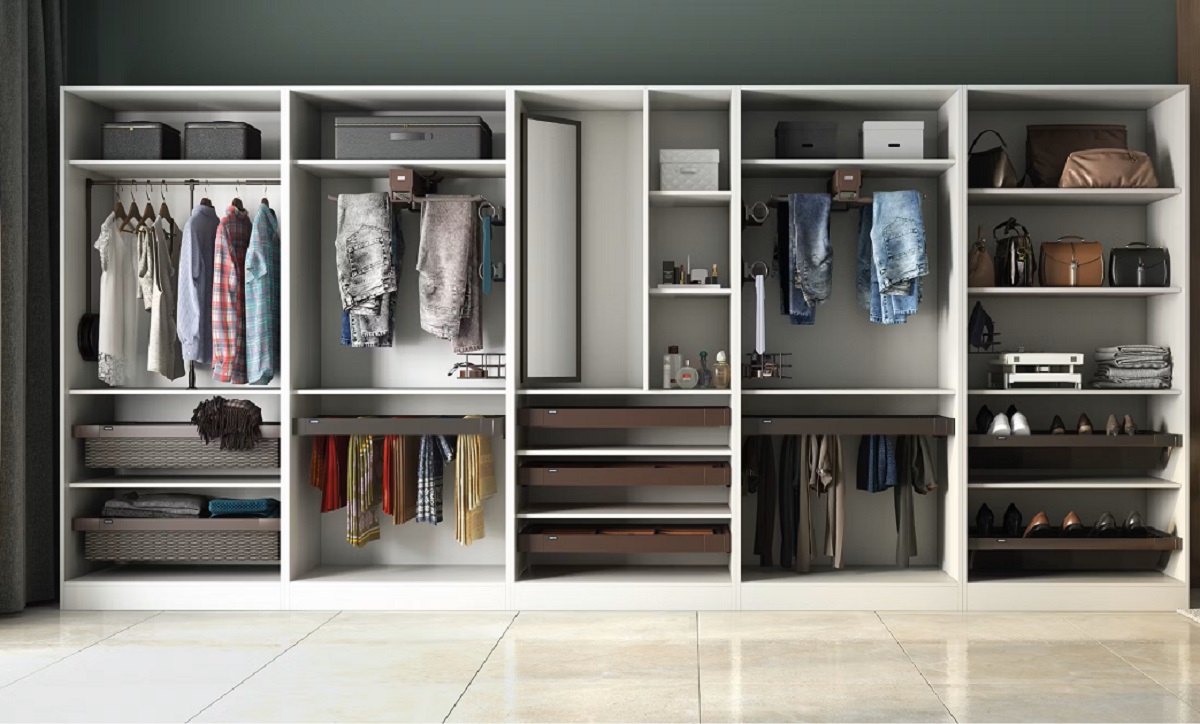
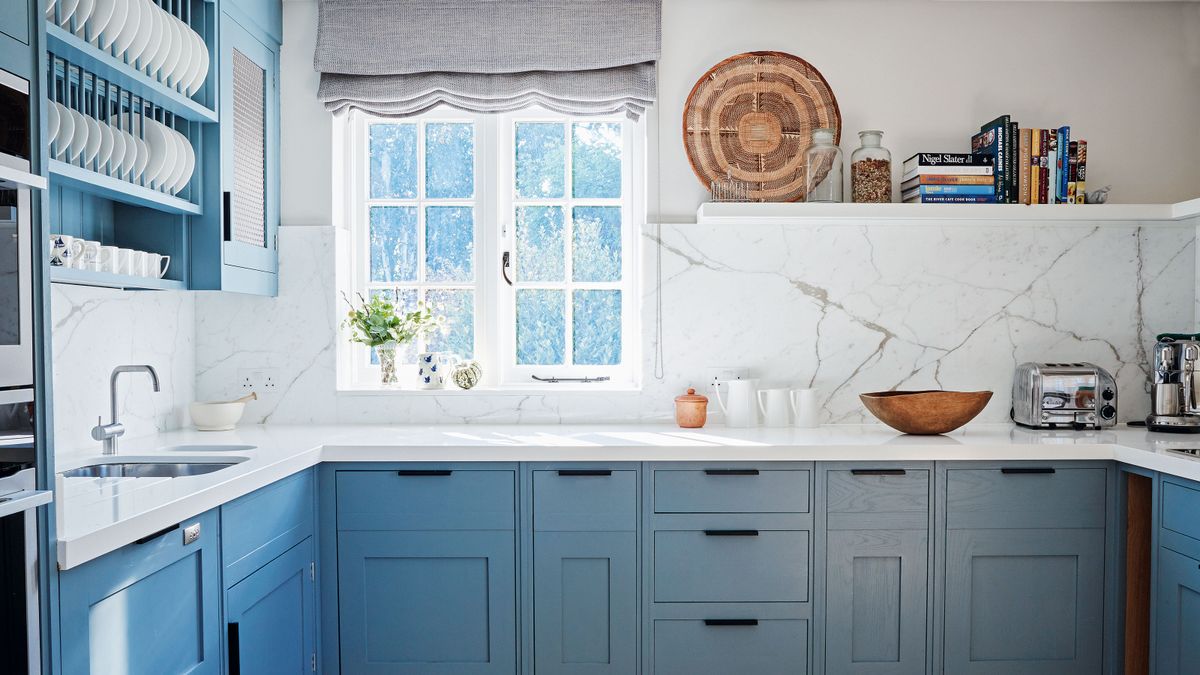
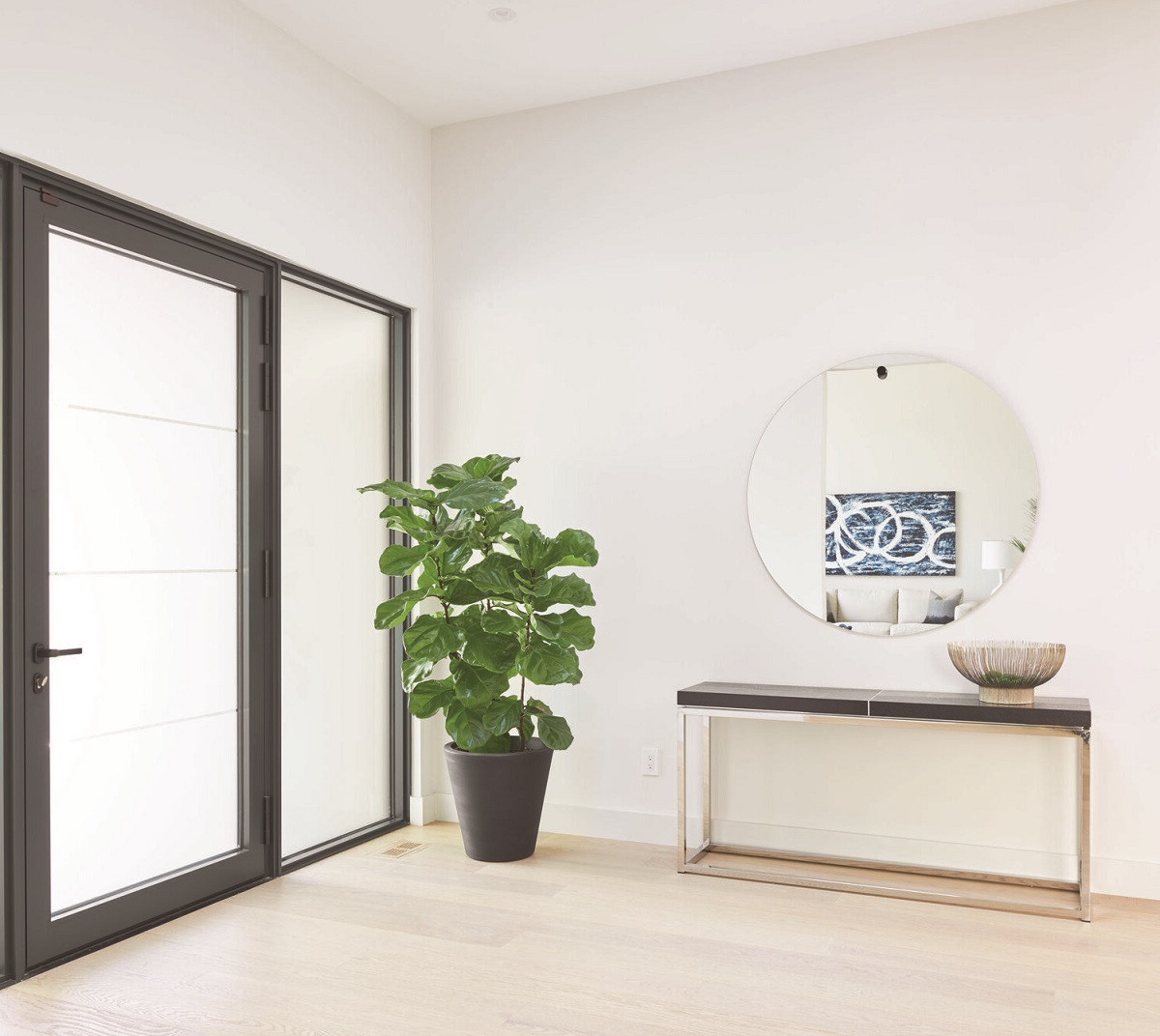
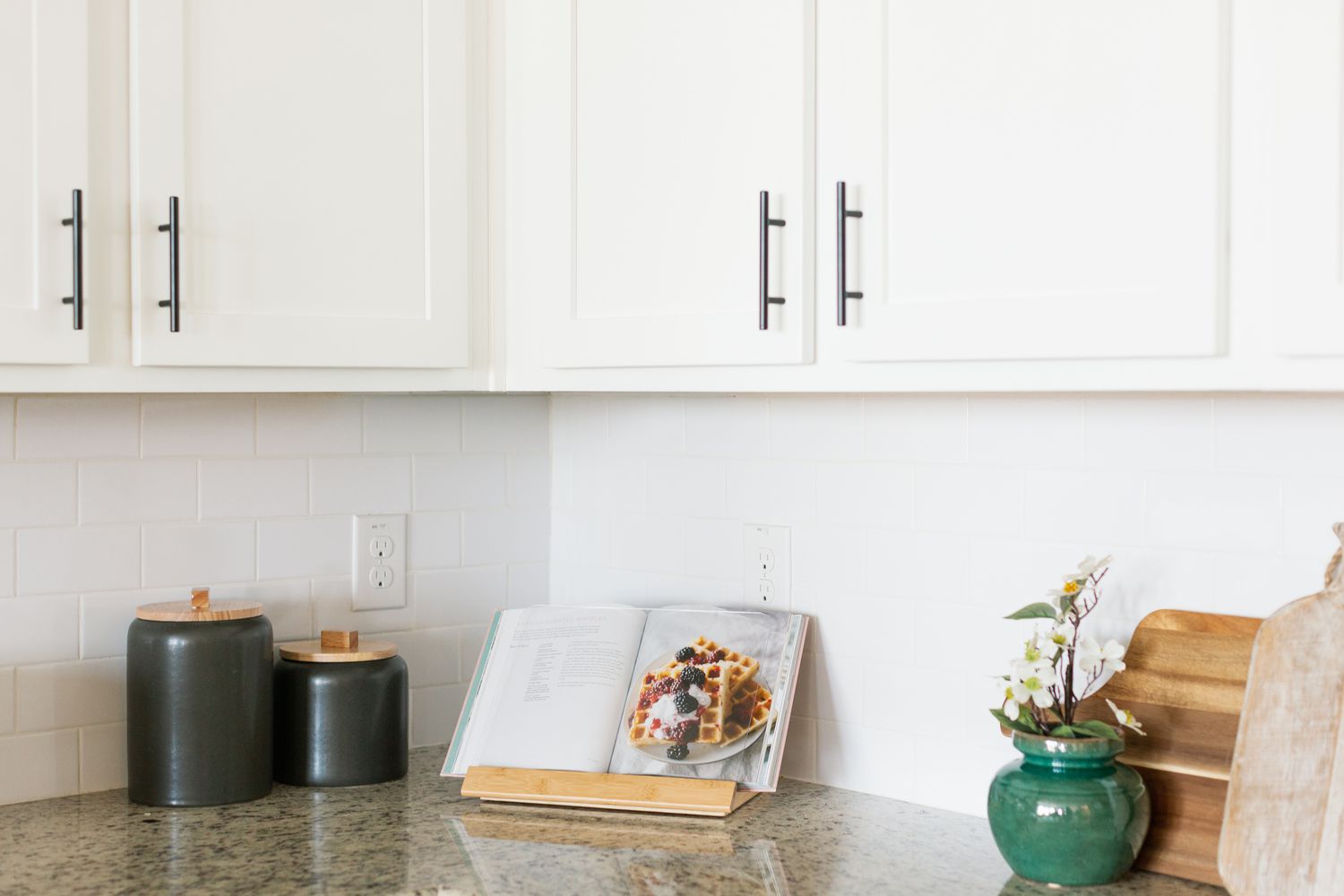


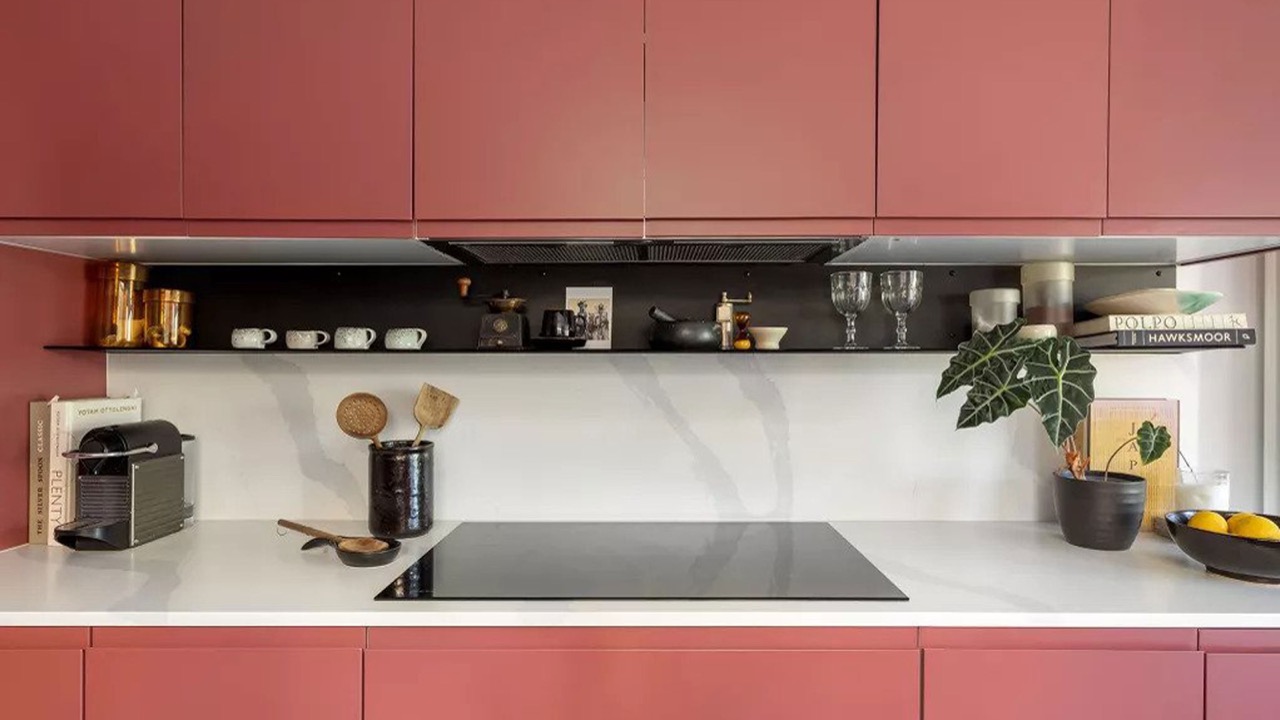
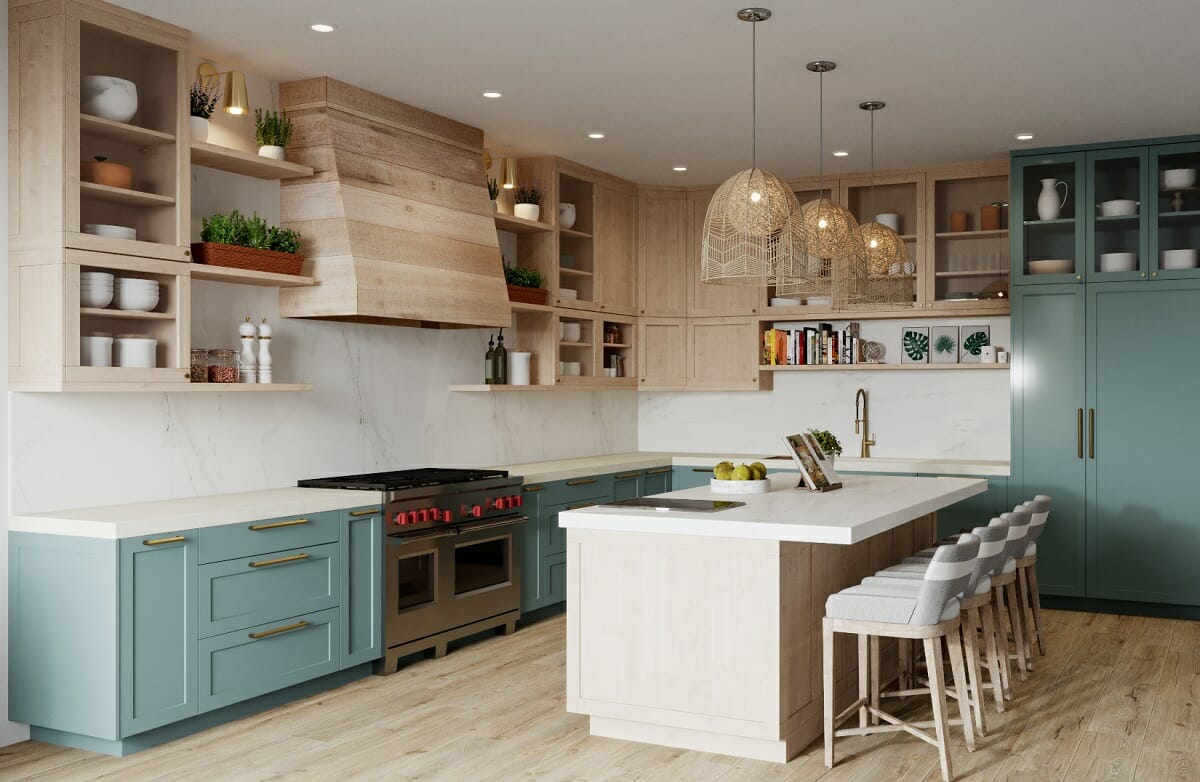
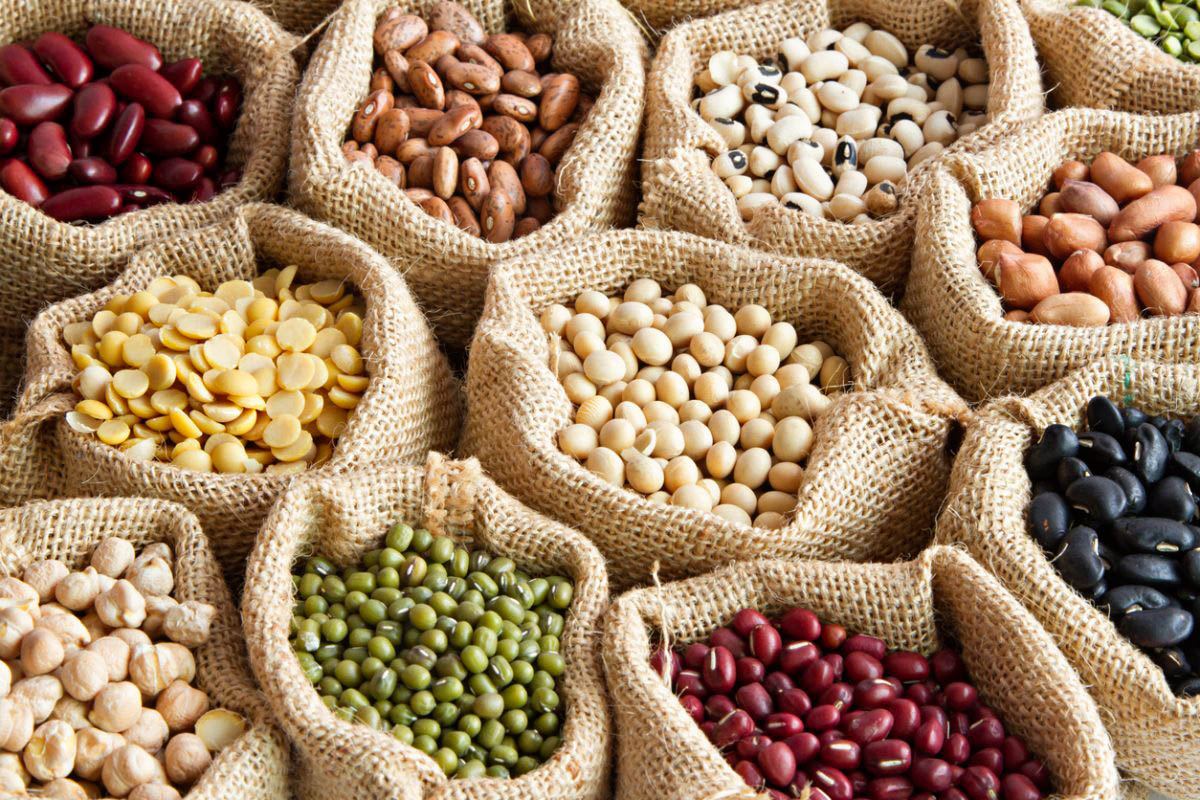

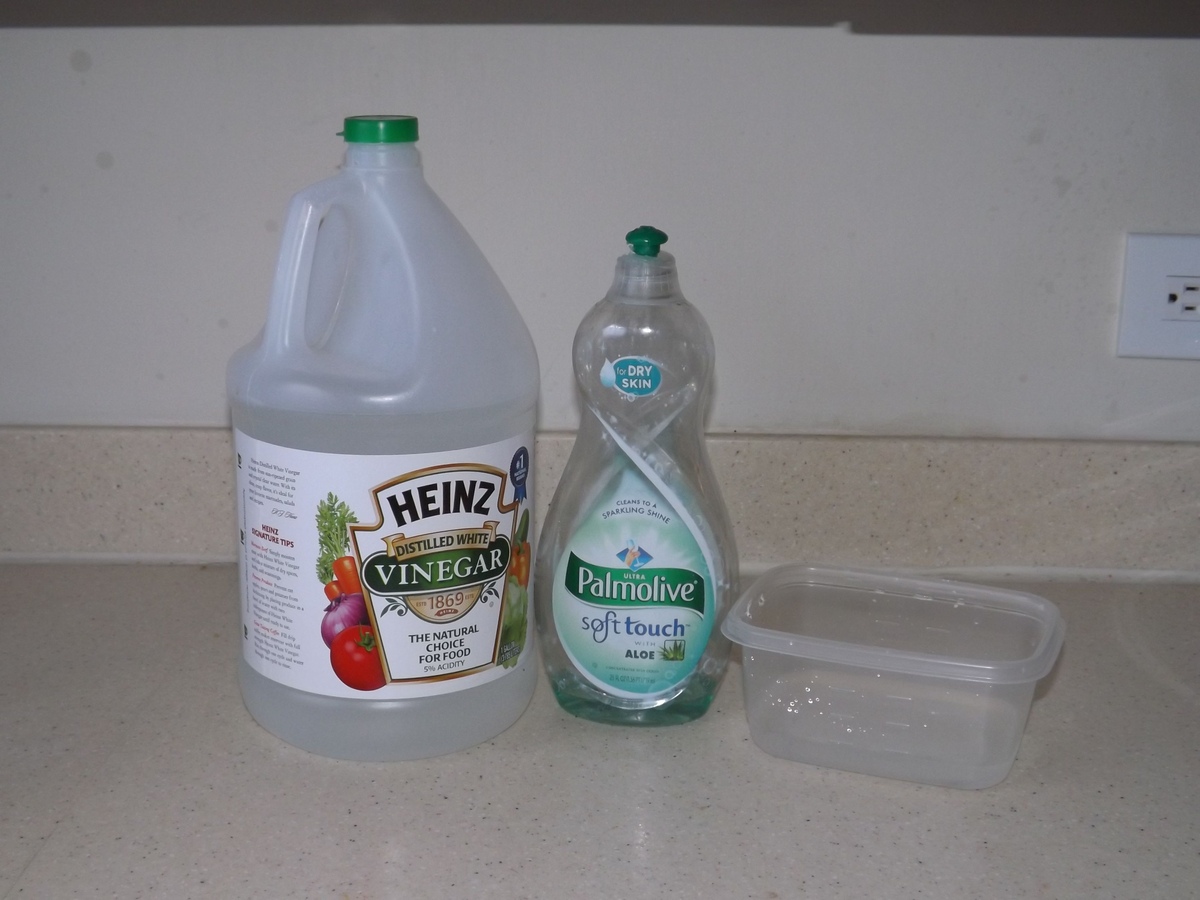
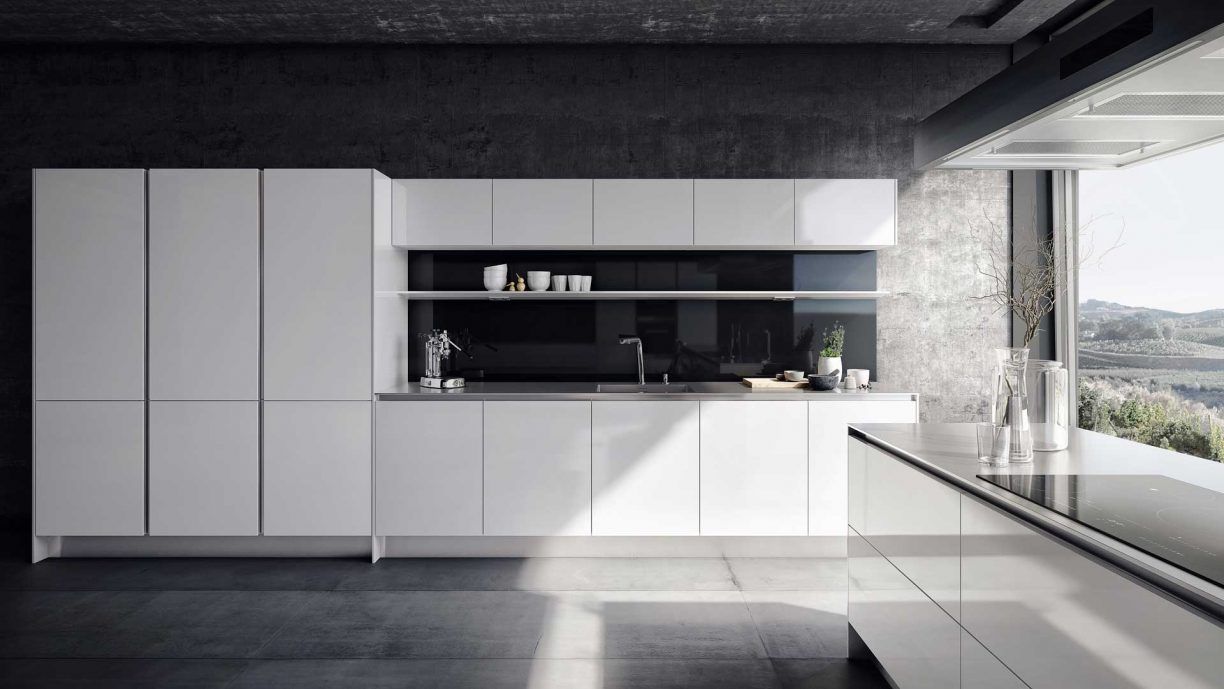



0 thoughts on “5 Things To Get Rid Of In Your Kitchen Cabinets Right Now”